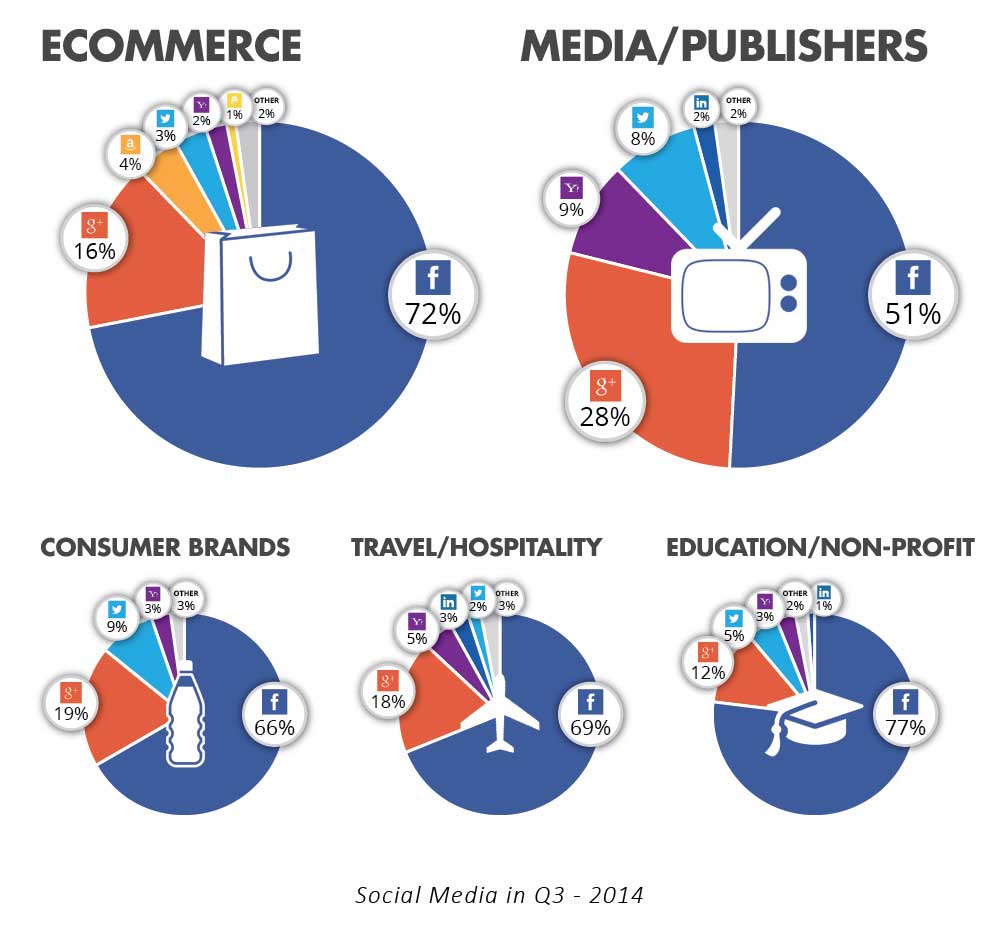 The social giant Facebook is the most populated social space on the web. With over a billion of users and counting, the social network that accounts 58 percent of all social media logins in the recent months, is setting trends in many places. One of which is by its videos ads.
The social giant Facebook is the most populated social space on the web. With over a billion of users and counting, the social network that accounts 58 percent of all social media logins in the recent months, is setting trends in many places. One of which is by its videos ads.
Trends are unpredictable. But Facebook managed to control many of the internet's social trends. Now, in term of marketing habits, Facebook has come to a point where the social network is becoming more popular in delivering videos if compared to YouTube, the most popular video sharing site on the web.
When it comes to posting and playing videos, many brands and celebrities are preferring Facebook over YouTube. They prefer putting video posts directly to the social network rather than just sharing YouTube links. This marks Facebook as the new leader in the digital power shift.
YouTube clips that were once popular in embedded posts on Facebook, no longer dominate the social giant's feed. And by hosting many of its users' videos, Facebook is grabbing many of YouTube's (Google) traffic away.
Taking traffic from the search giant means taking many of its potential revenue. Since Facebook has said that video is the core growth area for its platform, Facebook has entered YouTube's territory.
Unlike previously, now the marketer gets two options while posting a video to Facebook. Users can now select Facebook's own video feature, which automatically plays and shows most videos naturally in users' News Feeds.
Facebook's AutoPlay video feature that was introduced in 2013 has become popular among marketers. When it was first introduced, Facebook's video ads was predicted to be able to "cannibalize" YouTube's market. And this is when the speculation came true.
Marketers like this feature because it allows them to increase engagement, as well as exposure. And because the content (ads) appear more naturally, it can be more undisrupted and appealing.
"The AutoPlay feature allows us to increase engagement and exposure with millennials in an undisruptive way, as our content is integrated into consumers' News Feeds naturally," said Lucas Herscovici, VP of Consumer Connections at Anheuser-Busch.
Social media tracker Socialbakers has given an evidence of this shift. In January 2014, McDonald's posted 27 videos to Facebook and 18 of them were YouTube links (9 Facebook's videos). In September, it posted 32 videos and 13 of them were YouTube's (19 Facebook's videos). The number increase for Facebook's video also applies to other brands such as Budweiser.
"Facebook wants to keep that traffic," said Jan Rezab, CEO for Socialbakers.

One of the advantage of Facebook's video ads is its ability to deliver higher engagement than videos posted elsewhere. Despite YouTube is still the most popular video sharing service, and have the ability to provide higher views, the videos engagement with users is less if compared to Facebook's video ads.
This is an evidence of how powerful native marketing can be.
Although Facebook is entering YouTube's way of making money, this doesn't mean that one can replace another. YouTube still generates high engagement from other social networks, with the advantage of taking traffic credits from Twitter, LinkedIn, and many more.